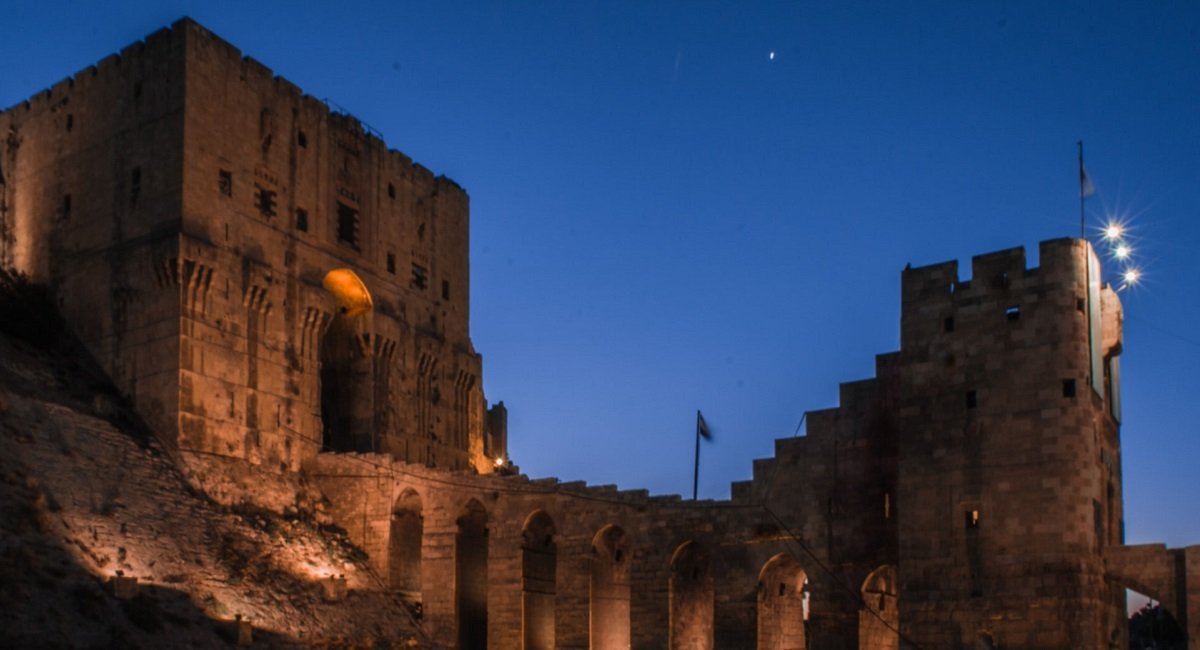

Integrating Syria’s armed opposition groups into government forces can occur as a result of either military operations or political negotiations, and the latter is the best way to reinstitutionalize government forces and the security sector.
In late 2013, the Syrian government signed a reconciliation deal with the residents of Qudsiya and Hama, two towns outside Damascus. The agreement regularized the status of rebel fighters and permitted defectors to return to the barracks. This deal was the first attempt by the incumbent ruling order to integrate armed opposition groups into government forces through negotiations. In September 2016, the government began implementing the same model in Rahiba, in eastern Qalamoun, after previous attempts at forced reintegration failed in towns and cities that signed reconciliation deals.
The government, backed by foreign allies, has also employed other policies to integrate rebel forces into its own ranks based on military victories. The government saw reintegration through military reconciliation deals as a better option than reintegration through political reconciliation. However, the policy of forcing rebel fighters and their families to northern Syria was merely an attempt to delay or defer combat and the various forms of military reconciliation associated with it. This suggests two models for integrating armed rebel groups into government forces: military reconciliation and political reconciliation.
Integration through Military Reconciliation
Since July 2018, northwestern Syria has become the final refuge for armed rebel groups. But the incumbent political order and its allies have prioritized a military solution to end the country’s long-running conflict, which preserves military reconciliation as an option.
The government has insisted that once armed opposition groups sign reconciliation deals, they must dissolve themselves and submit to the military conscription law, absorbing individual fighters into regular or reserve forces. But the likelihood that rebel groups will dissolve themselves is slim compared to a number of different options, such as integration intact into internal security forces (maintaining unit structure and avoiding conscription); absorption into reserve forces (including a range of local militias, such as the National Defence Forces); or joining regular forces, such as the 5th Corps, possibly through the creation of new units.
Even integration into reserve forces may not be a sustainable option, as these forces are not answerable to the armed forces hierarchy. So these groups may subsequently need to be integrated into regular forces, as was the case when Russia announced the creation of the 4th Corps and the 5th Corps.
Opposition armed groups are wary and distrustful of forcible integration, especially after major breaches in the course of military operations in southern Syria. This could push some groups to demand a model similar to the Sunni Youth force in rural eastern Deraa, which subsequently became the 8th Brigade under the command of the 5th Corps, with fighters retaining some security and military privileges at the local level.
Moves to forcibly integrate rebel forces could face major challenges in terms of stability and loyalty. The model of armed opposition groups forced to sign reconciliation deals is an obvious example. Government forces have proven unable to reimpose stability in southern Syria as opposition groups have created mini-fiefdoms. Russia and Iran are also racing to recruit factions and individual fighters to regular or reserve forces loyal to them.
Integration through Political Reconciliation
On October 30, 2019, the Syrian Ministry of Defence called on Syrian Democratic Forces (SDF) fighters to integrate into government armed forces by settling the status of those evading military service and those wanted by security services. The SDF leadership rejected this demand, arguing that any such integration should preserve their forces’ identity and structure and take place in the framework of a political reconciliation deal. This episode demonstrates another potential model for reintegrating armed opposition groups into government forces, a model that appears most plausible after more than a decade of conflict, especially given the difficulty that government forces face in implementing the military option.
This model is based on political reconciliation arising from negotiations between warring parties. These agreements would need to lay out plans for military and security reforms to determine the future of government and nongovernment armed forces and the relationship between them, as well as timelines and confidence-building measures.
The lack of trust between warring sides in Syria means that front lines may be preserved, at least for a transitional period. This would make the process of integration decentralized, but it could allow for an agreement on the military hierarchy, the numbers of units and fighters, the military conscription law, and weaponry.
Such a military and security reform program could include the creation of a national guard, composed of both former armed opposition and government forces, which would be deployed along front lines, internal checkpoints, and major roads. This would need to be accompanied by the withdrawal of heavy weaponry, as a confidence-building step and to bolster ceasefire measures. Armed forces could be divided into sectors based on de facto areas of control, with opposition groups coming under the northern command, which would be represented on a military council, within the ministry of defense or the chiefs of staff.
The process of nonforcible integration of armed opposition groups would face major challenges, including disagreements over tasks, the deployment and numbers of personnel, arsenals and the setting of ranks, and laws on appointments and completion of service, especially for officers. The absence of international guarantees for a stringent, clear reform plan recognizing all these and other points could turn front lines into borders between outlying regions, each working independently to develop its own military capacities, even if all of them had agreed to apply a joint model for structuring the armed forces.
Abdulwahab Asi is a senior researcher at Jusoor for Studies, specialized in the local dynamics of the Syrian conflict. He also writes for several Arab news outlets.



